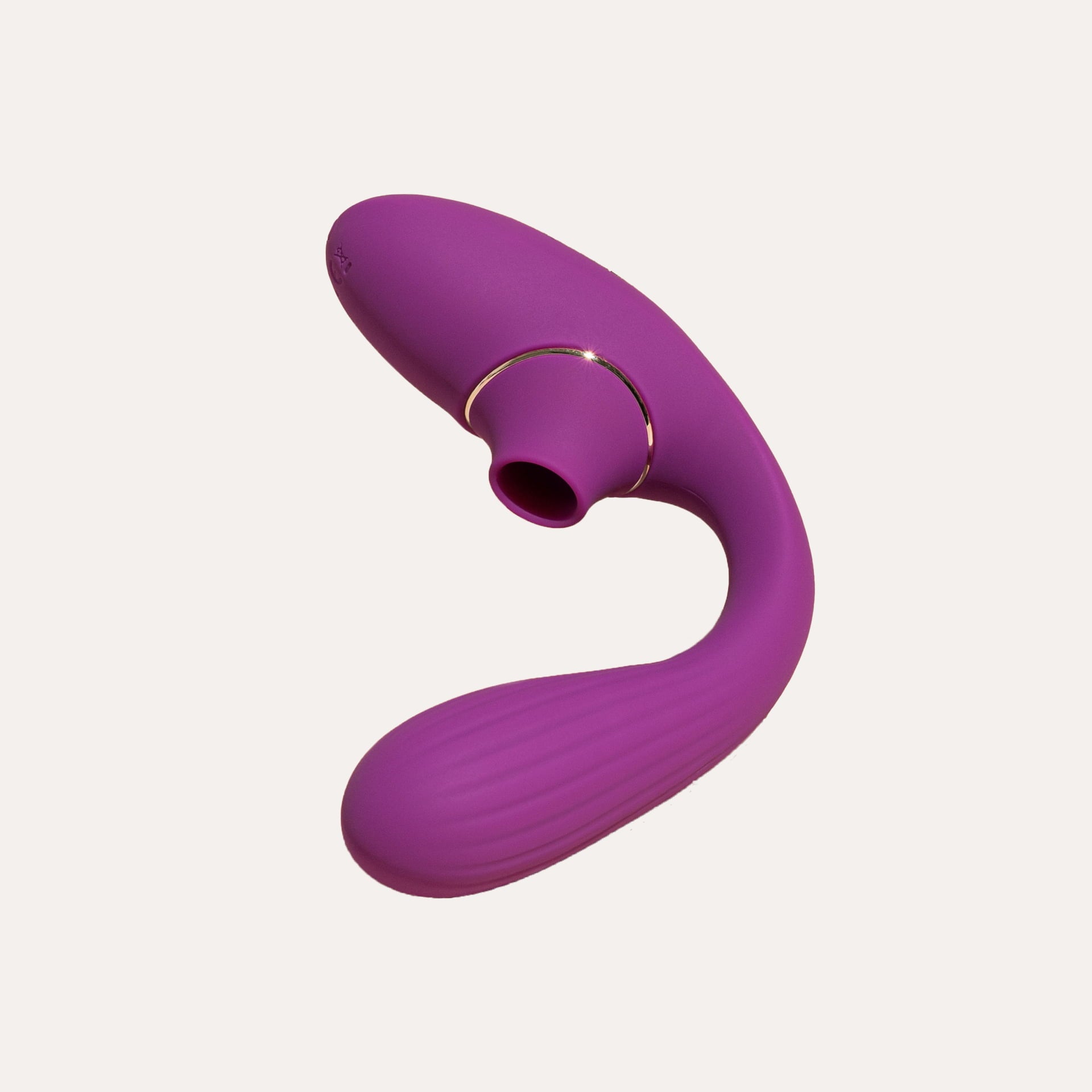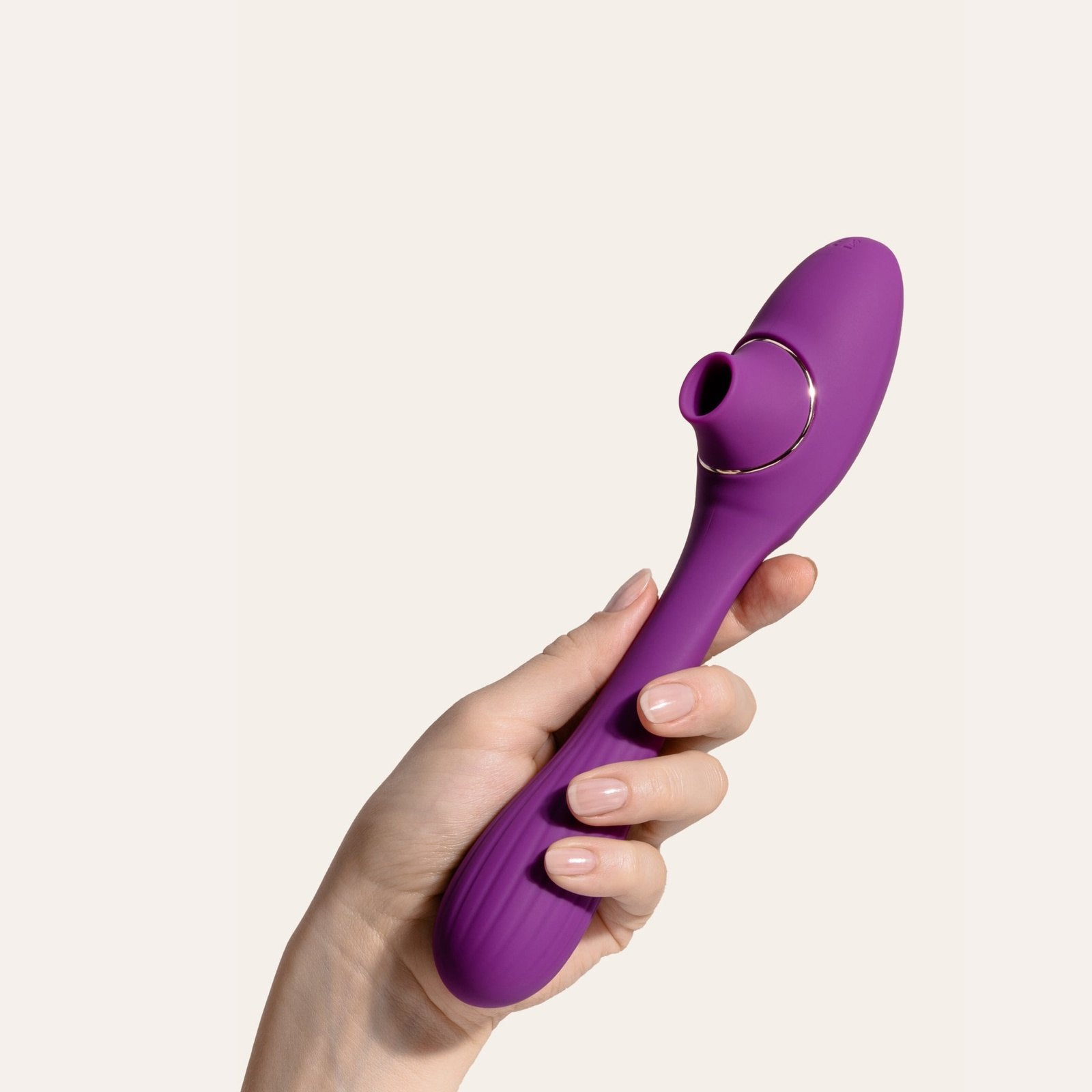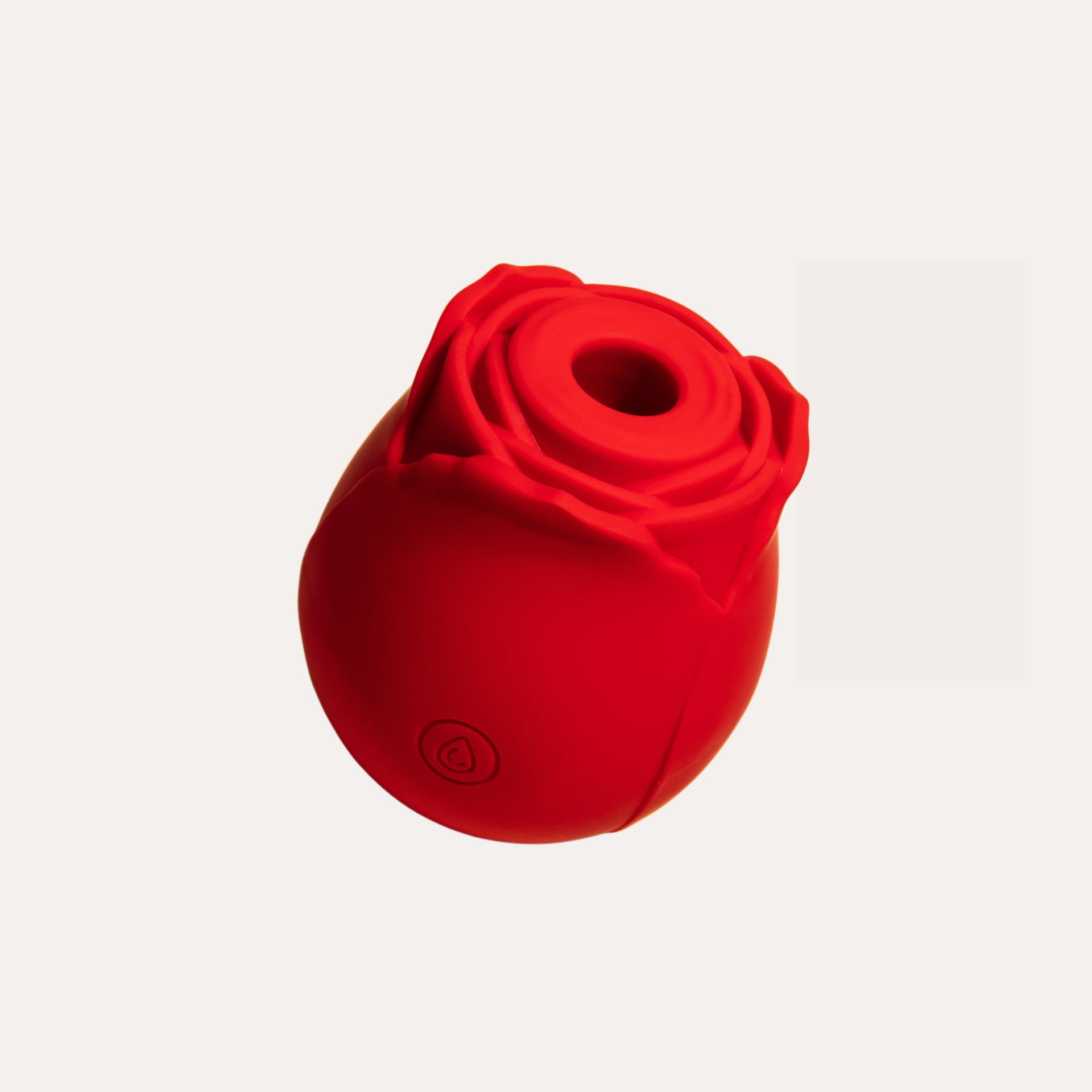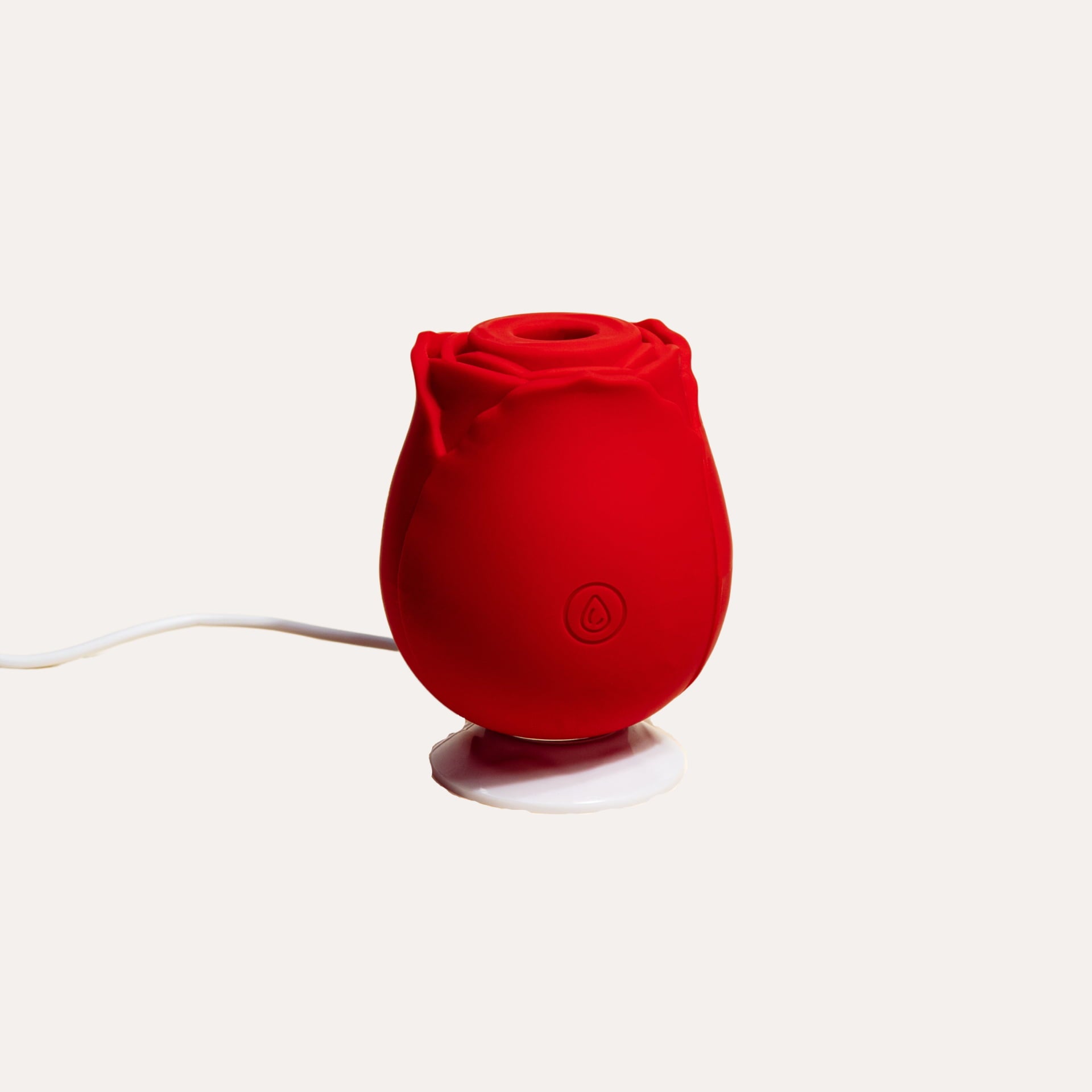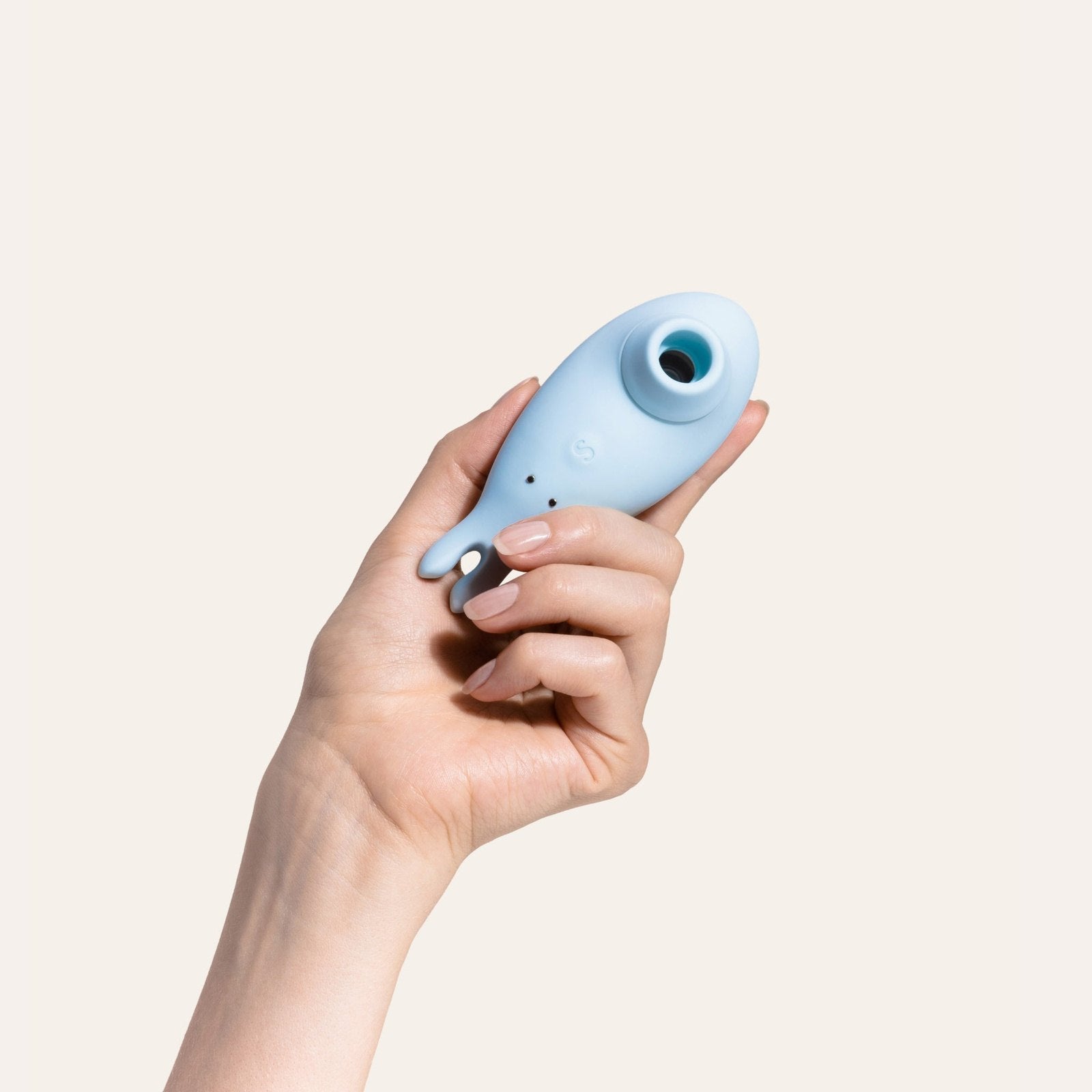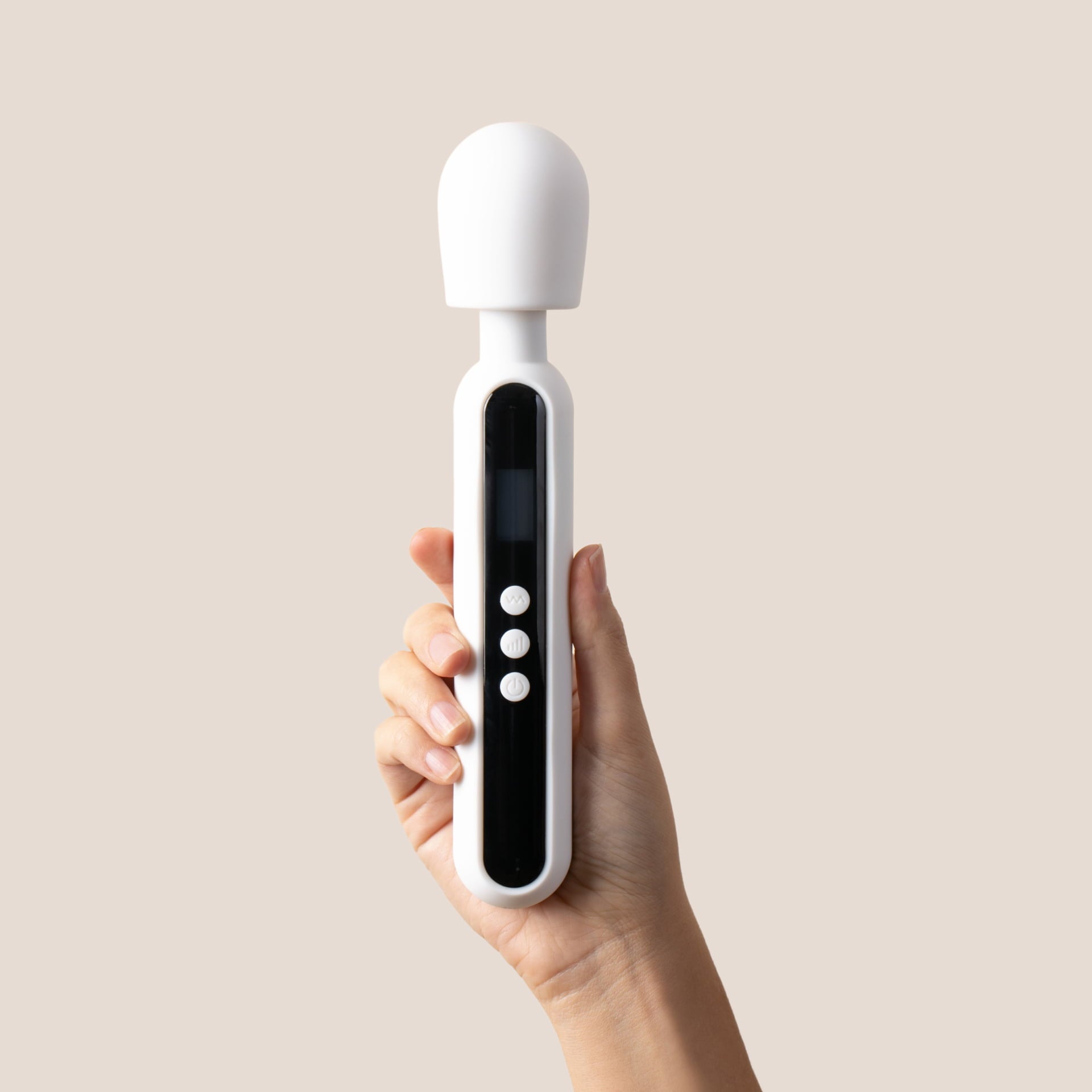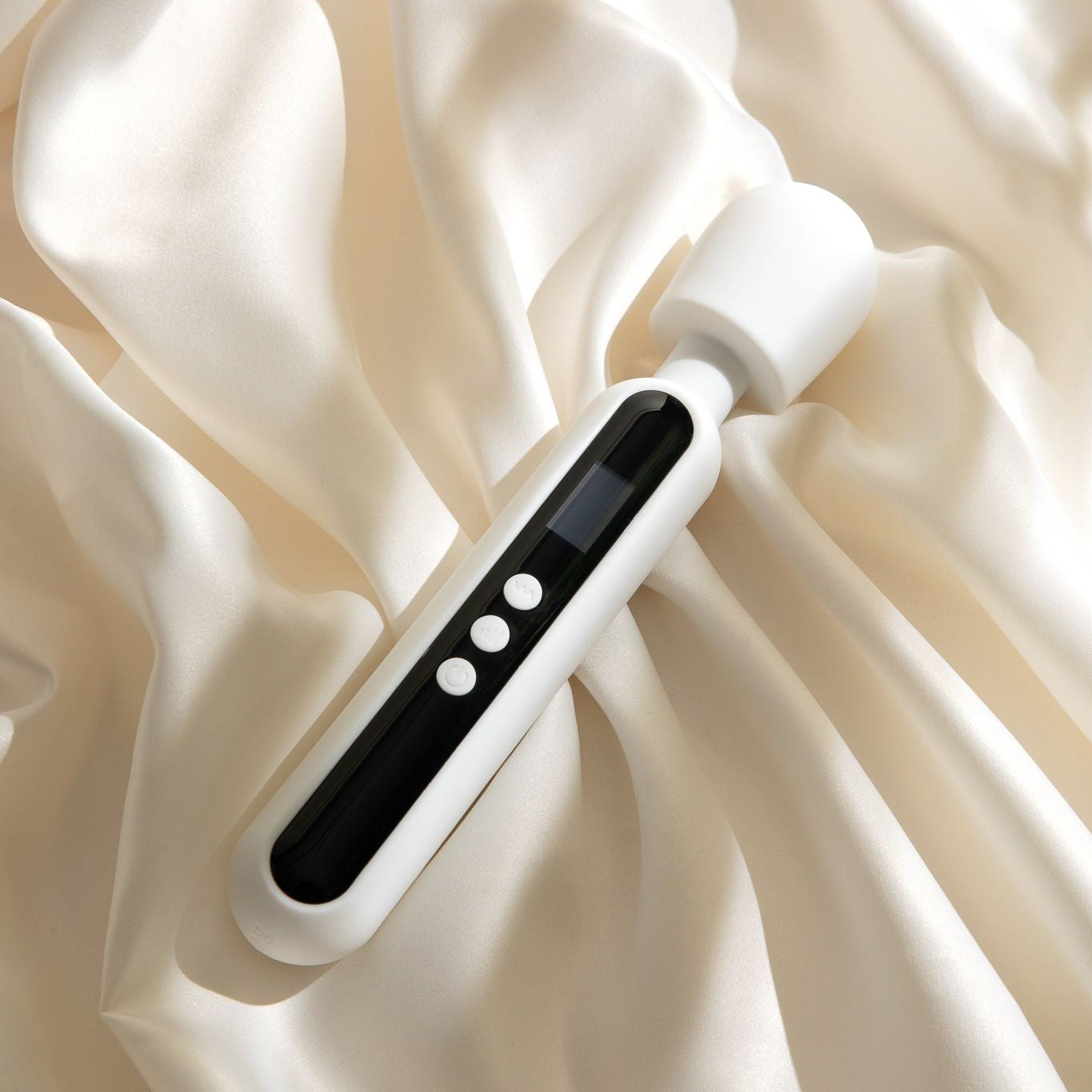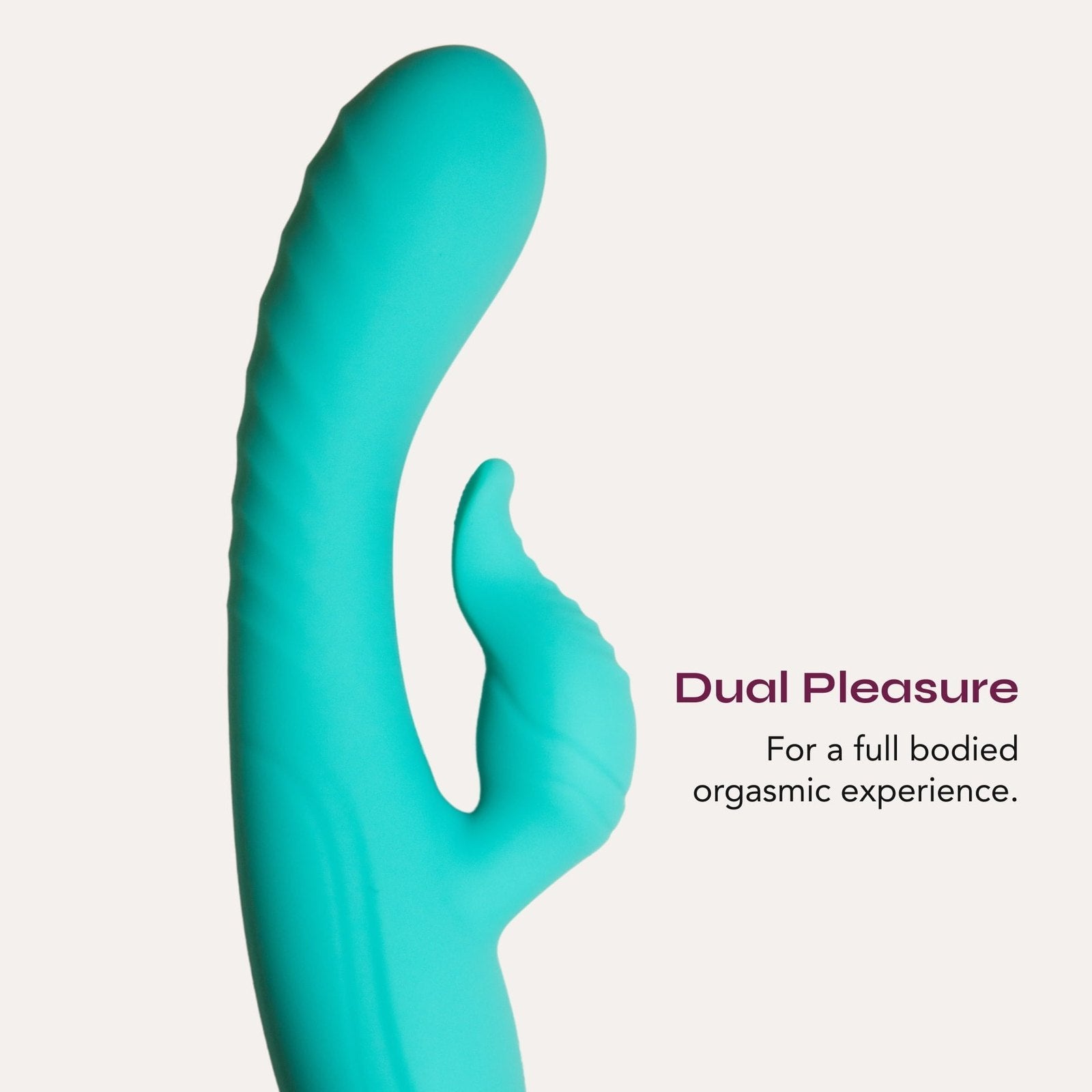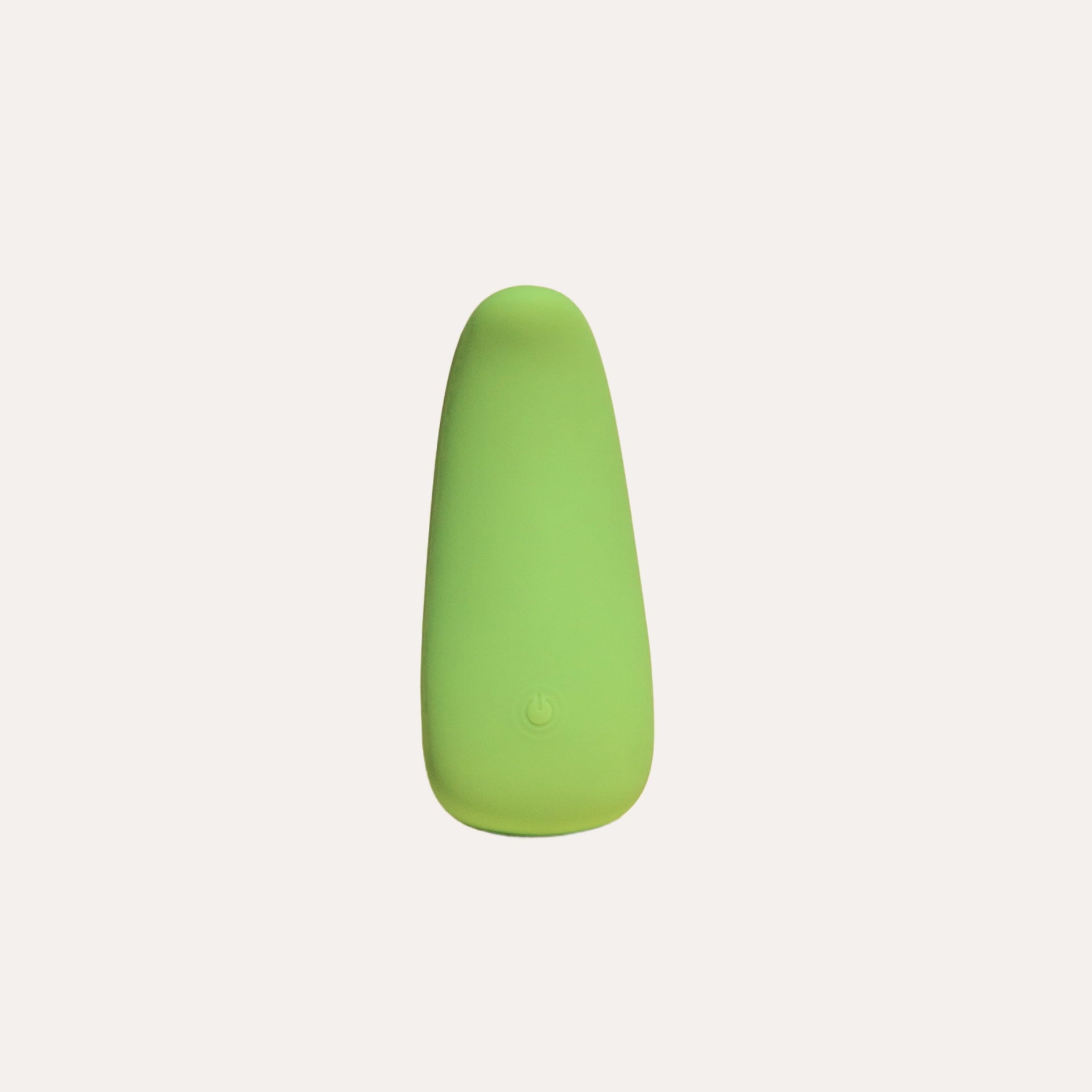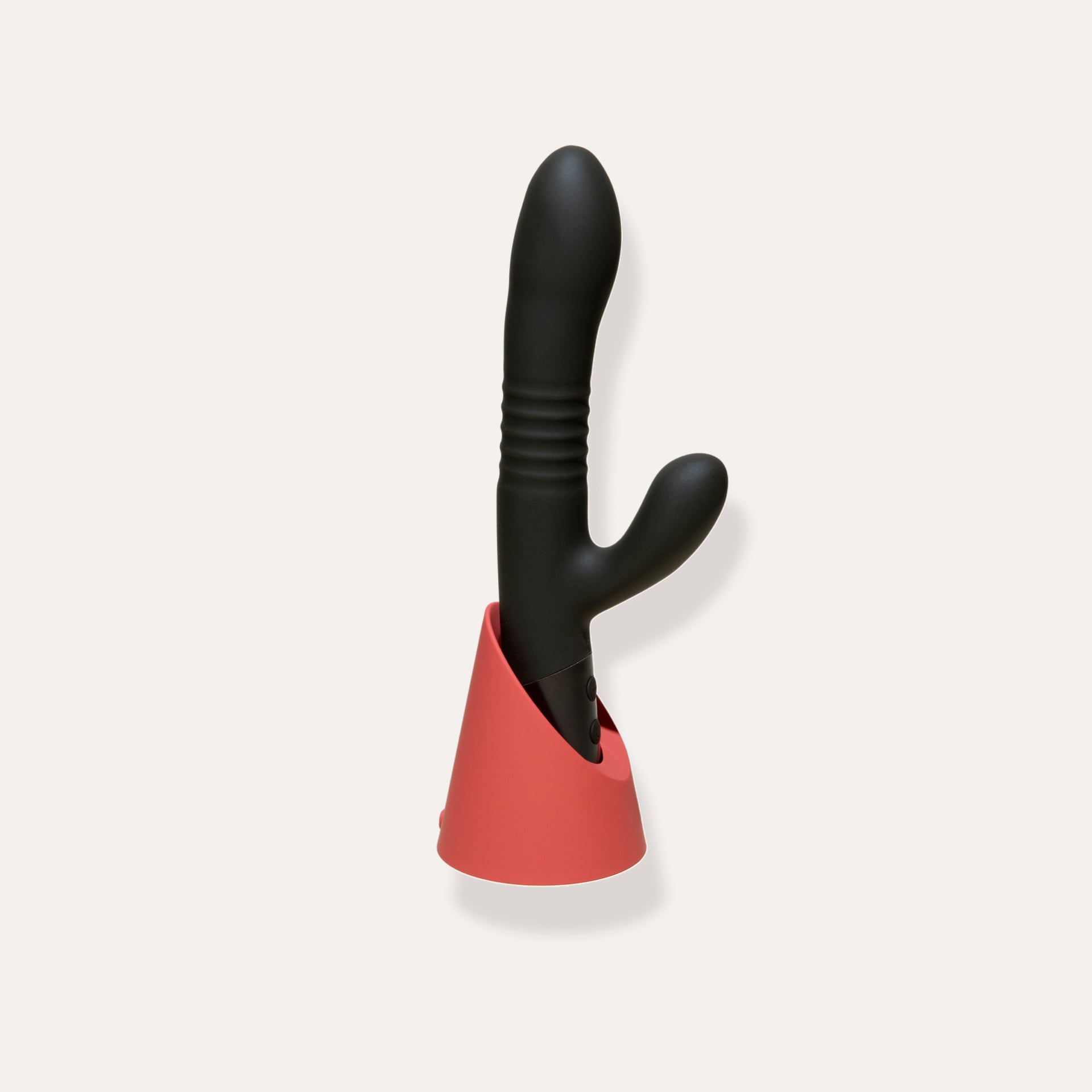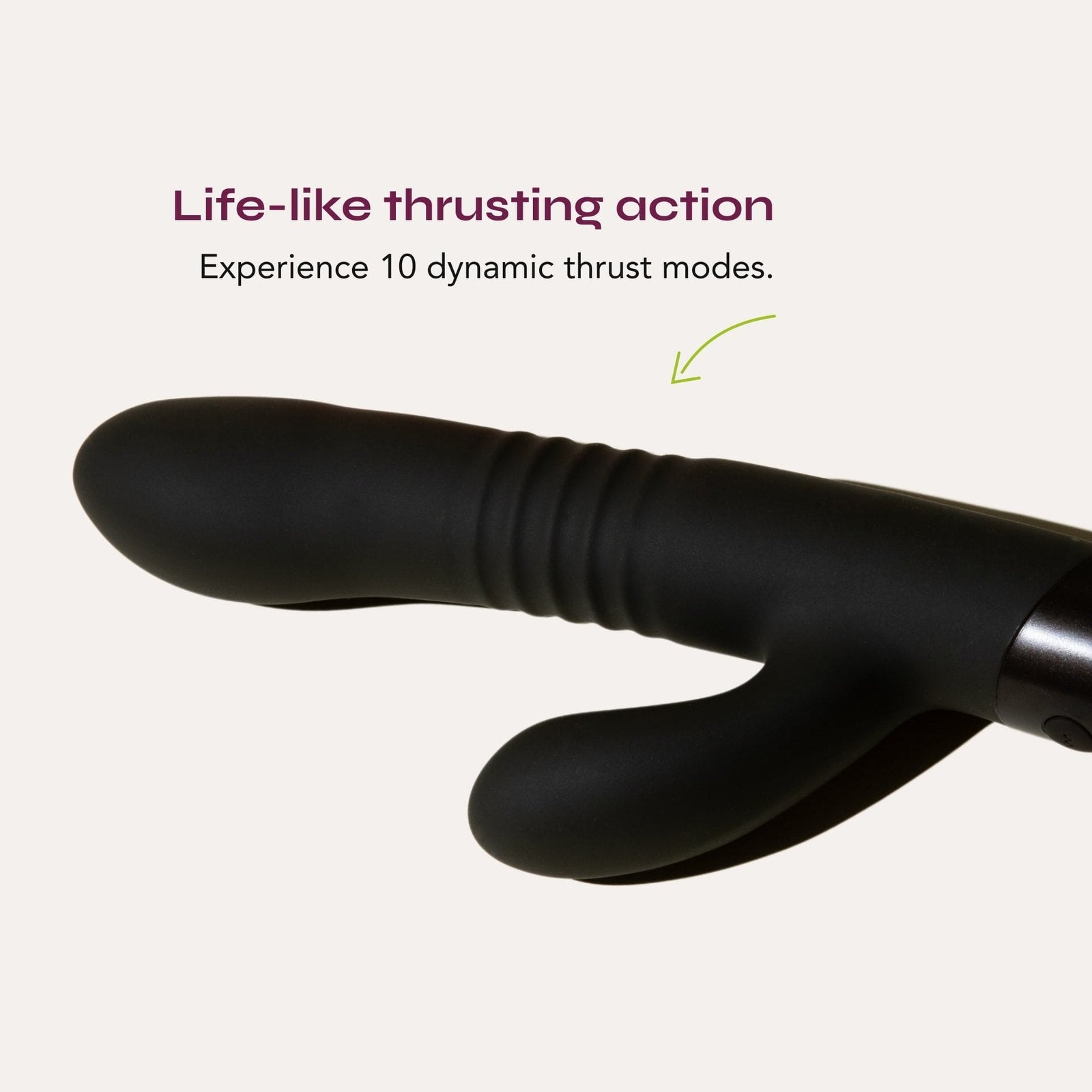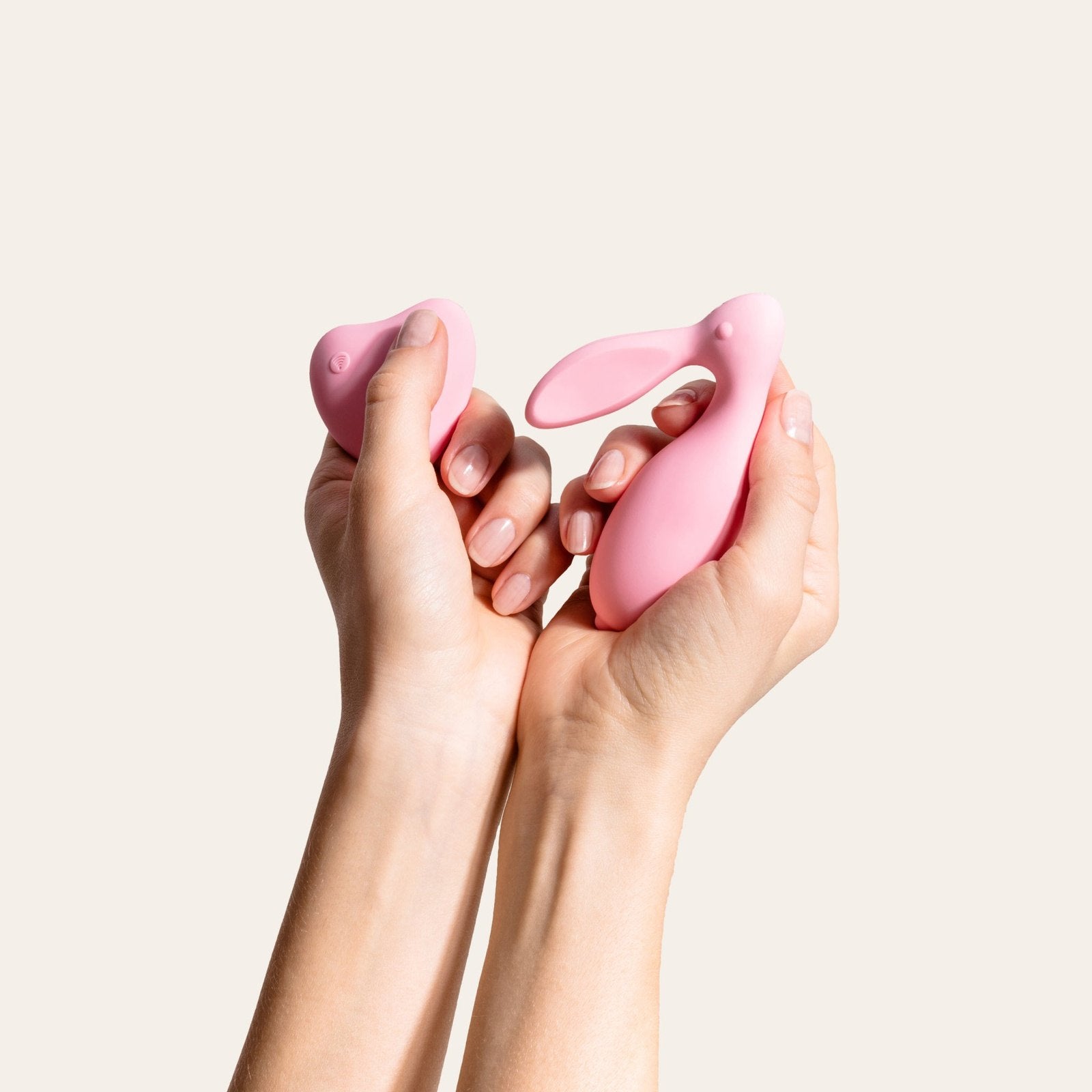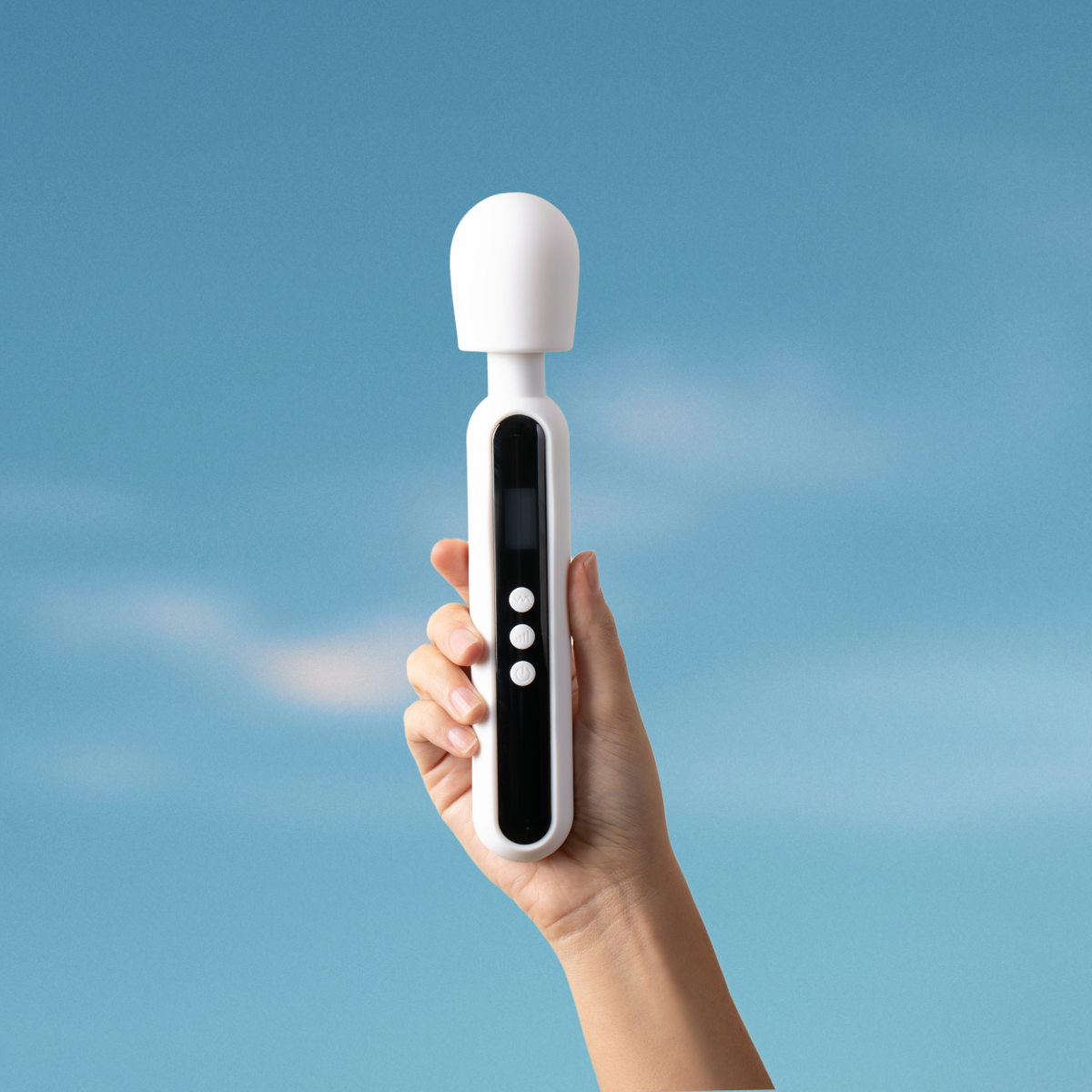Here's everything you should know about aftercare.
When it comes to sex, there's a before, during and an after. Often, we talk most about the sexual tension of “the before” and the action of “the during." But, we don't talk enough about "the after."
Aftercare is a simple, yet powerful step to enhancing your sex life.
Let’s talk about it.
What is aftercare?
Aftercare is “caring for your partner(s) before, during, and after sexual activity.” It’s as simple as that – and you’re probably already doing it in some capacity! Aftercare enhances the sexual experience as a whole!
Until somewhat recently the term ‘aftercare’ was reserved for the kink and BDSM communities, but it has now been adopted in ‘mainstream’ sexuality. In kinky and BDSM practice/play, aftercare dedicates time for partners to ‘come back down to Earth’ after a scene (or sexual session). Particularly for people who enjoy playing with power dynamics, pain, and fantasy, it’s crucial that everyone feels grounded, safe, comfortable, and supported throughout sex and after the fact.
Despite its roots in kink, aftercare is equally important in non-kinky sex
No matter who you are having sex with, sex is inherently vulnerable – nudity, emotional intimacy, spiritual connection… all of these things make us vulnerable and can leave us feeling a bit raw or exposed.
Aftercare allows us to feel validated, is reassuring, and tends to our biological need to restabilize our biological systems after the ‘natural high’ that sex can provide.
When to use aftercare
Aftercare is best used… well, always, but is paramount when you are trying new things.
For comparison’s sake, when you and your lover are trying out a new restaurant, you talk about it – you don’t sit and ignore the obvious newness! The same goes for sex, whether it’s a new sex toy or edging.
Plus, a core tenet of building intimacy is shared experiences; keep the novelty alive and come back to your conversation whenever you want to create a spark.
Is aftercare the new foreplay?
Nope. Aftercare is simply another piece of the puzzle that is sex. The idea of foreplay (aka manual and/or oral sex before penetration) reinforces the idea that penetration is the main event – but the other stuff is just as important (and fun).
Plus, manual and/or oral sex don’t just happen at the beginning of an encounter, but rather, all the way through! The same goes for aftercare – frequent check-ins and communication between partners increases the likelihood that everyone is having a great time.
How to incorporate aftercare into your sexual practice
Before you get into anything physical, spend time discussing aftercare with your partner(s). Everyone is different and what you like/require as aftercare could be entirely different from your partners’.
Here are some aftercare tips and tricks to enhance the overall experience!
Examples of aftercare
- Clean up: whether that means keeping a towel near the bed, hopping in the shower, or sanitizing your sex toys.
- Soothe and care for your body: after particular types of play or rougher sex, you can find that your body needs some TLC – you can try massage, gentle caresses, lotion, etc.
- Cuddle: physical connection may leave you craving more emotional or non-sexual physical intimacy. Curl up together and nap or watch a movie.
- Refuel and rehydrate: you worked up a sweat! Grab a Gatorade and a power bar.
- Conversation: see below.
Conversation as aftercare
Aftercare conversations have two sides and a couple of different components that will maximize the experience: validation, check-in, and reflection.
1. Validation
Don’t be stingy with validating your partner and don’t be afraid to seek any validation that you may need at that moment. Examples of validating statements include:
- “That felt amazing.”
- “I feel so close to you right now.”
- “You are so beautiful to me.”
- “You are GREAT at ____.”
- “I’m curious – of the things we just did, which did you like the most? What was I especially good at?”
- “I’m feeling ____, could you comfort me while we cuddle?”
2. Check-in
Show how much you care by leading a genuine check-in with your partner(s). Try questions like:
- “How did that feel for you?”
- “What did it feel like when ____?”
- “Is there anything I can do to make you feel safe, secure, or comfortable right now?”
- “Do you need anything from me?”
3. Reflection
Once your immediate emotional and physical needs are met, reflect together on your shared experience. If something went wrong or someone is triggered, it may be best to hold off on step three (reflection) until they are feeling more grounded and after they have recalibrated. When the time comes, some prompts for this discussion could be:
- “What would you do differently next time?”
- “Is ___ something you want to do again?”
- “What was your favorite part?”
- “How do you think that experience brought us closer together?”
To each their own
Everyone’s needs are different. Some people may crave space, while others may crave closeness. You may need to negotiate/compromise on what aftercare looks like for you if you have differing needs/desires.



